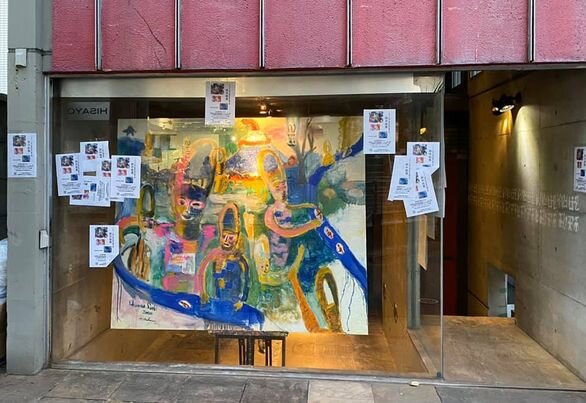Mother's Day is a special day.
Why don't you give a special gift to moms and moms who are always doing their best with their daily gratitude?
There are many gift candidates in the world.
However, it is difficult to think of a special gift that has been cut out now.
At this Tanaka Takuma Studio, we have prepared a special gift that will leave the era semi-permanently, as if insects were trapped in amber.
It is a special process of portraits of women, etc., and it is made into a work as if it were confined in amber.
This will be a wonderful memory to keep a semi-permanent record of this year's mom.
A new series with the theme of "peace of mind".
Since each person has different feelings for peace, we will make this completely custom-made.
We will produce each item individually, so up to 10 people will be on a first-come, first-served basis.
Please send us pictures of your important partner, relatives, pets that you love like children, etc.
We will make it with all our heart so that you can spend your days calmly.
We will make your precious things with all your heart as a work that will remain in your heart forever.
If you are interested, please contact Takuma Tanaka Studio.
























